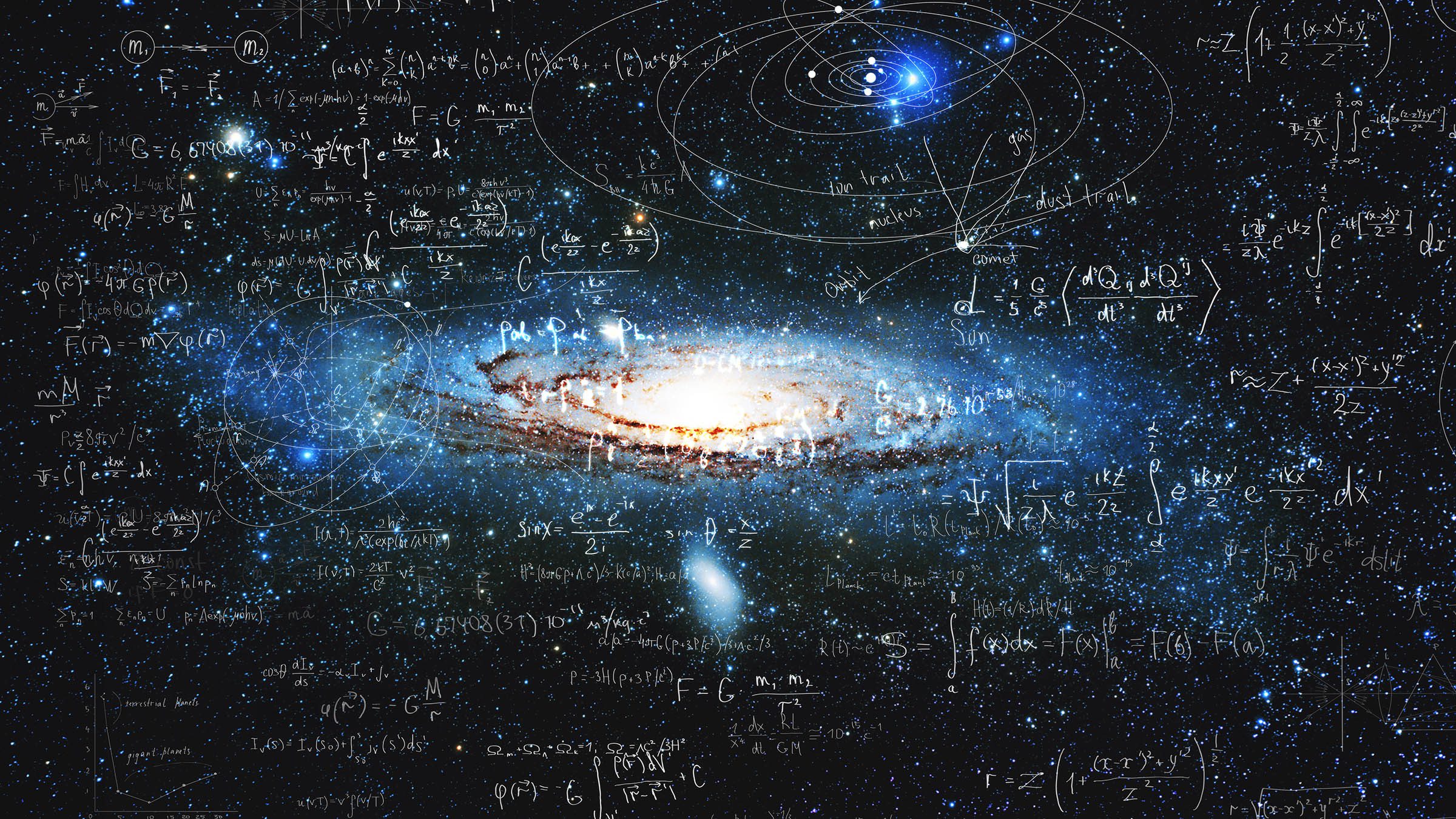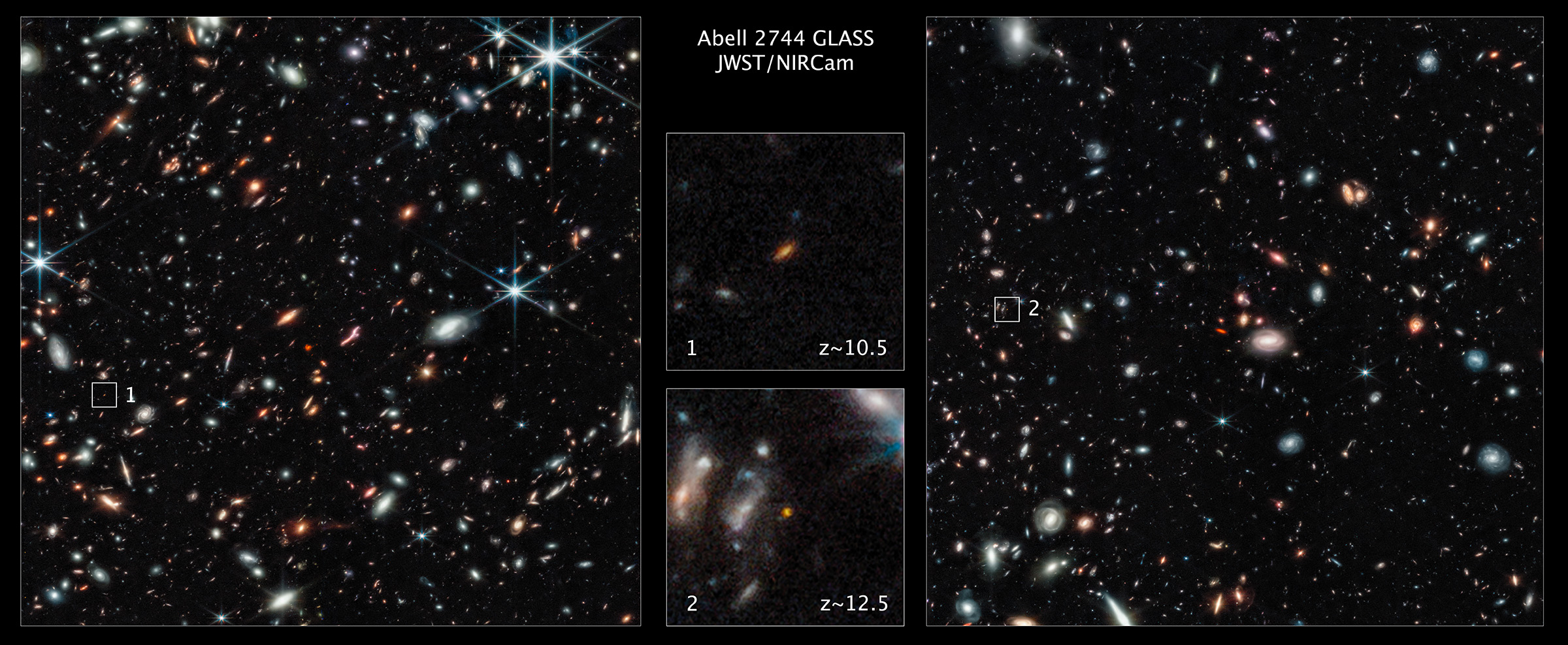
For years, astronomers have explored the universe’s grand cosmic formations, ranging from clusters of galaxies to colossal superclusters. Recently, a research team announced a groundbreaking discovery: the largest known object in the cosmos, dubbed Quipu. This immense cosmic structure spans an astonishing 1.4 billion light-years and hosts nearly 70 galactic superclusters.
The discovery of Quipu was led by Hans Böhringer and his team at the Max Planck Institute for Physics in Munich, Germany. The name “Quipu” is inspired by an ancient Incan system of counting using knotted ropes, which metaphorically mirrors the intricate web of interconnected galaxies forming this colossal structure.
Quipu eclipses previous record-holders, such as the Sloan Great Wall and the Laniakea Supercluster, which were once thought to be the largest known cosmic structures.
This monumental finding was made possible by analyzing data from the ROSAT X-ray satellite, a mission aimed at identifying high-energy cosmic formations, including galaxy clusters capable of warping space-time. To enhance efficiency, the researchers employed an algorithm designed to identify the connections among various galaxy clusters.
During their analysis, the researchers established a maximum distance threshold. Beyond this limit, galaxy clusters are no longer considered part of the same system. They noted that Quipu stood out clearly in the data, immediately grabbing their attention.
The identification of the largest known cosmic structure is not only a remarkable achievement but also poses intriguing questions about the universe’s overall architecture. According to the cosmological principle, the universe should exhibit a relatively uniform appearance on a grand scale. However, the existence of such massive, clumped structures appears to challenge this notion.

Some scientists argue that superstructures like Quipu challenge core assumptions about the universe, while others suggest that examining even larger scales may align these findings with established models. Additionally, there is debate surrounding whether all parts of Quipu are gravitationally bound.
If some components of this structure are not held together by gravity, it is possible that galaxies could drift apart over time due to the universe’s constant expansion—a hypothesis that remains the subject of ongoing discussion. Ultimately, the discovery of Quipu invites even more inquiries about the nature of our universe.
Perhaps one day, we will unlock the mysteries that lie beyond the stars. The James Webb Space Telescope and similar missions continue to challenge and reshape our understanding of the cosmos. Meanwhile, researchers have disclosed their findings in a preprint paper now available on arXiv.









